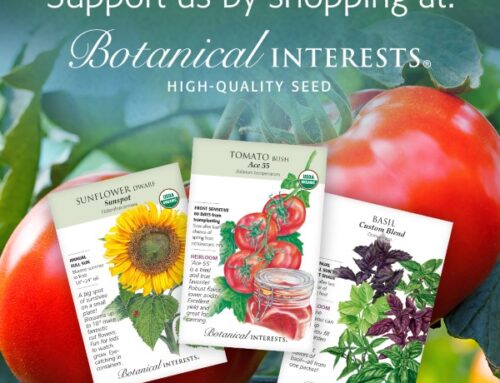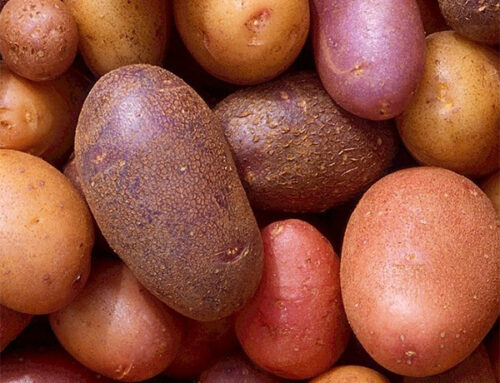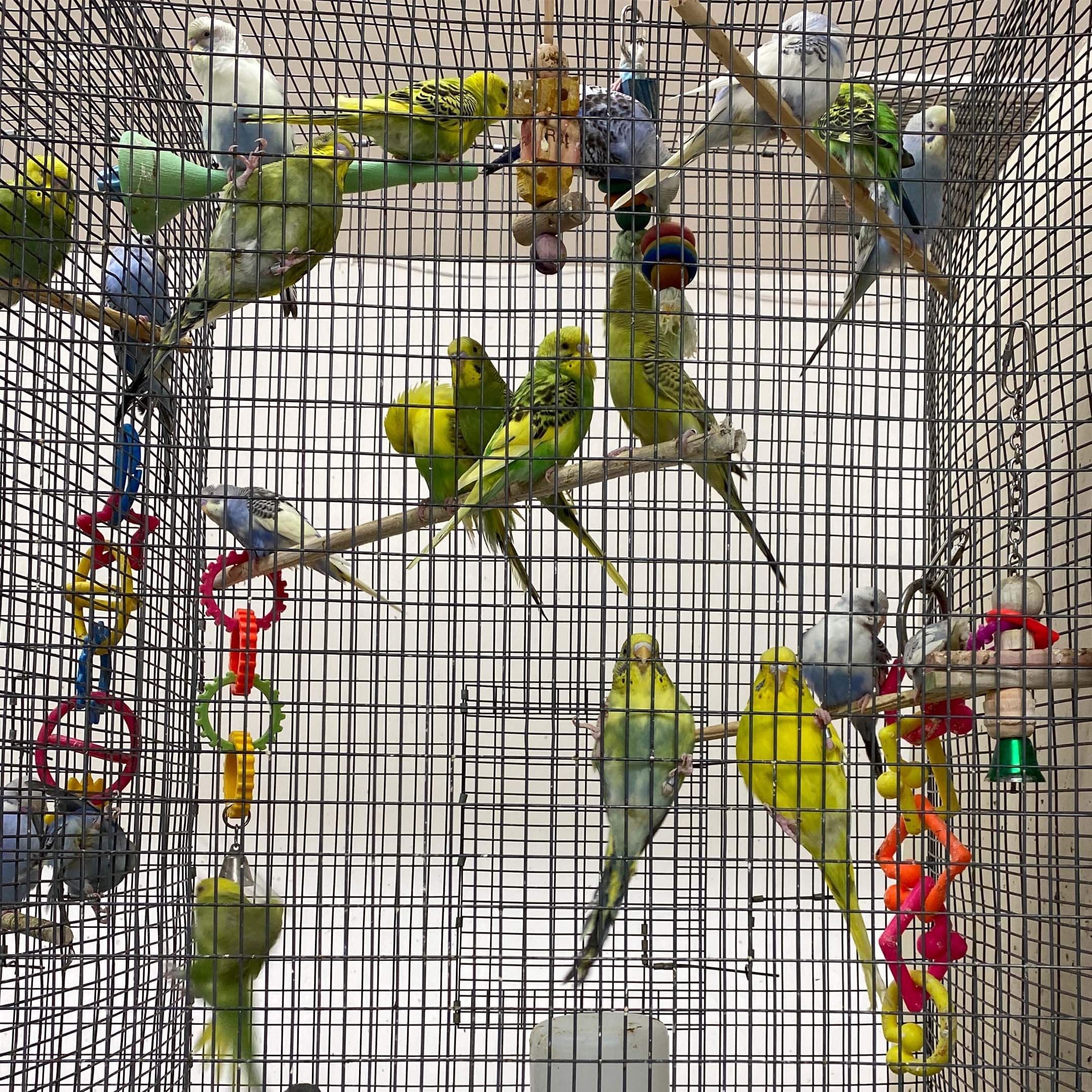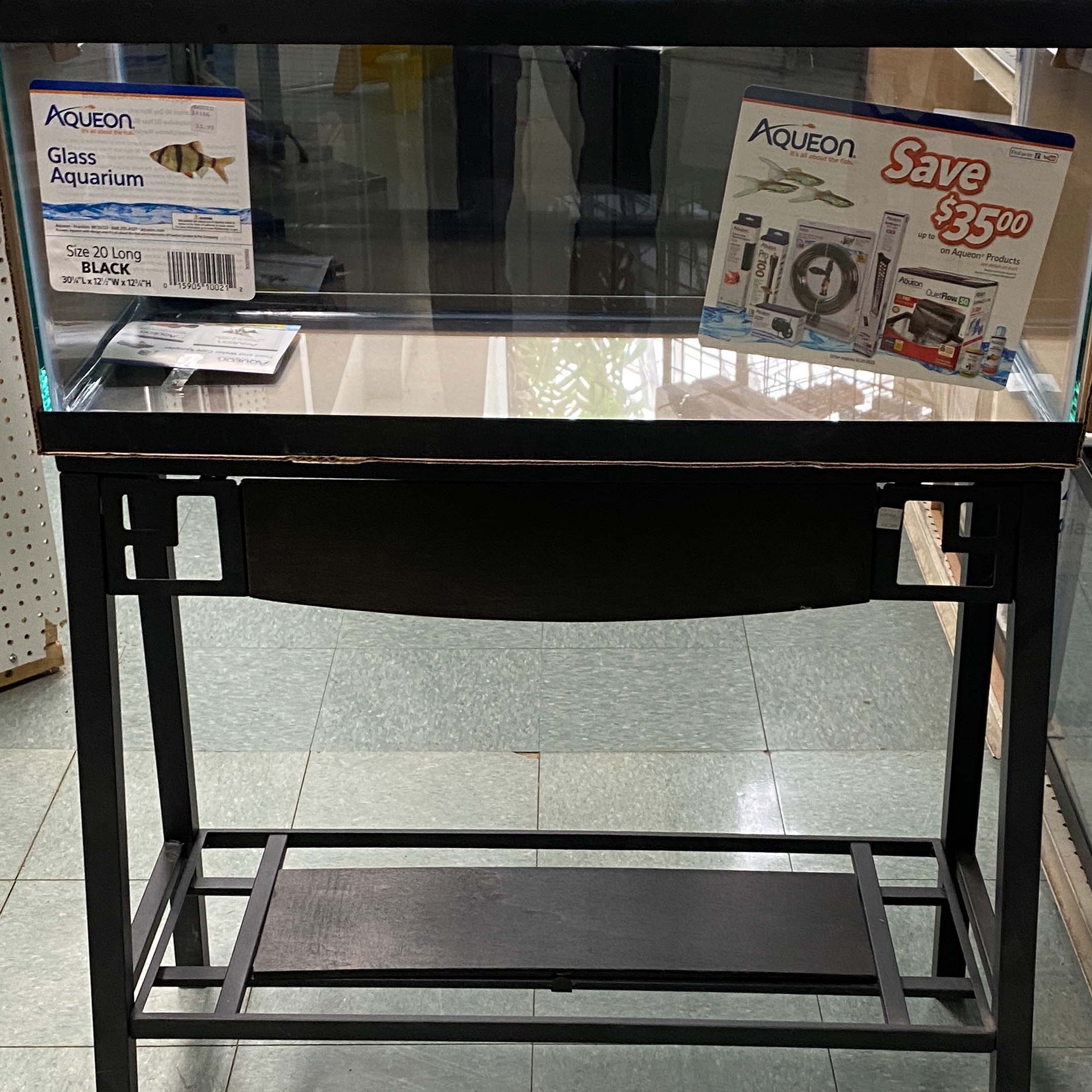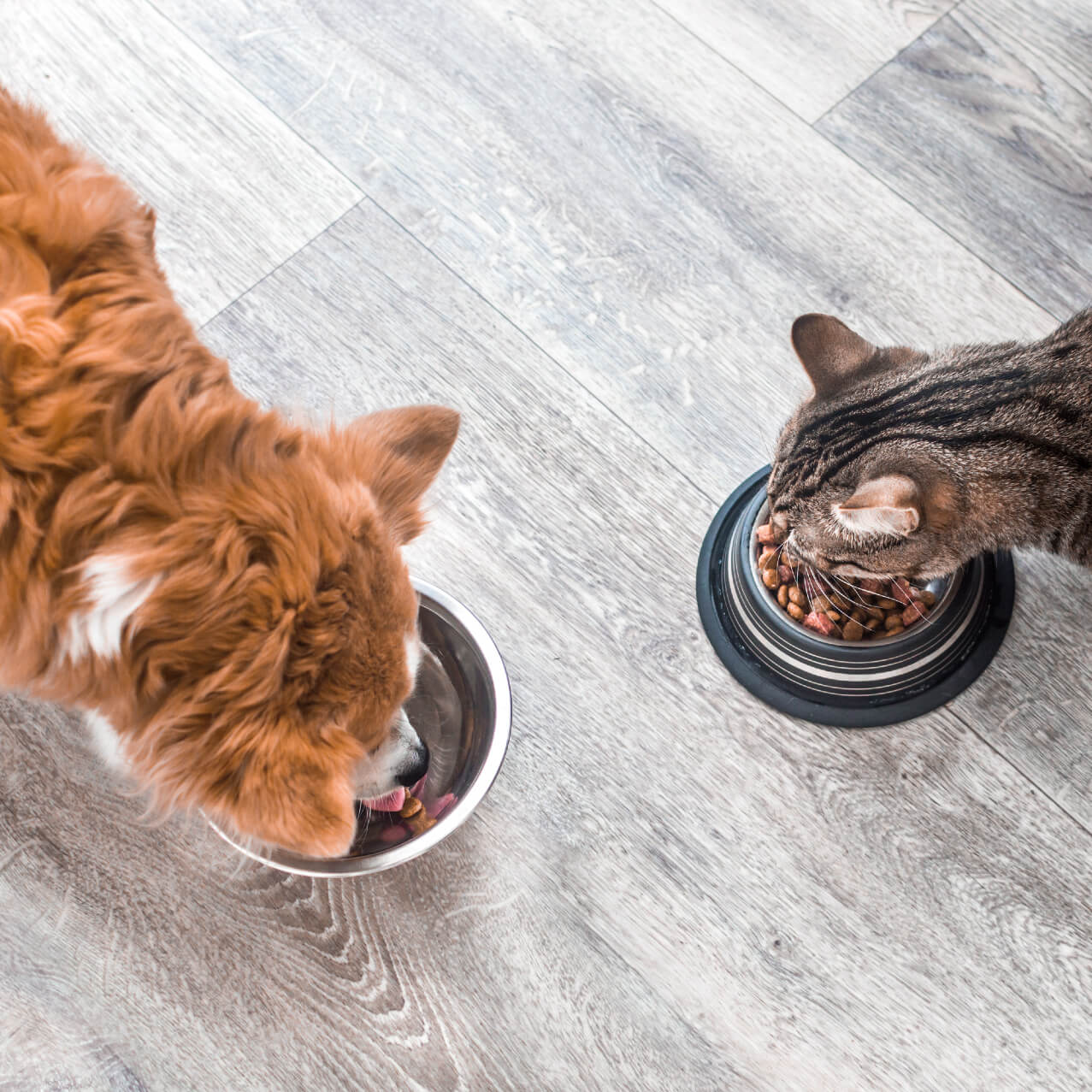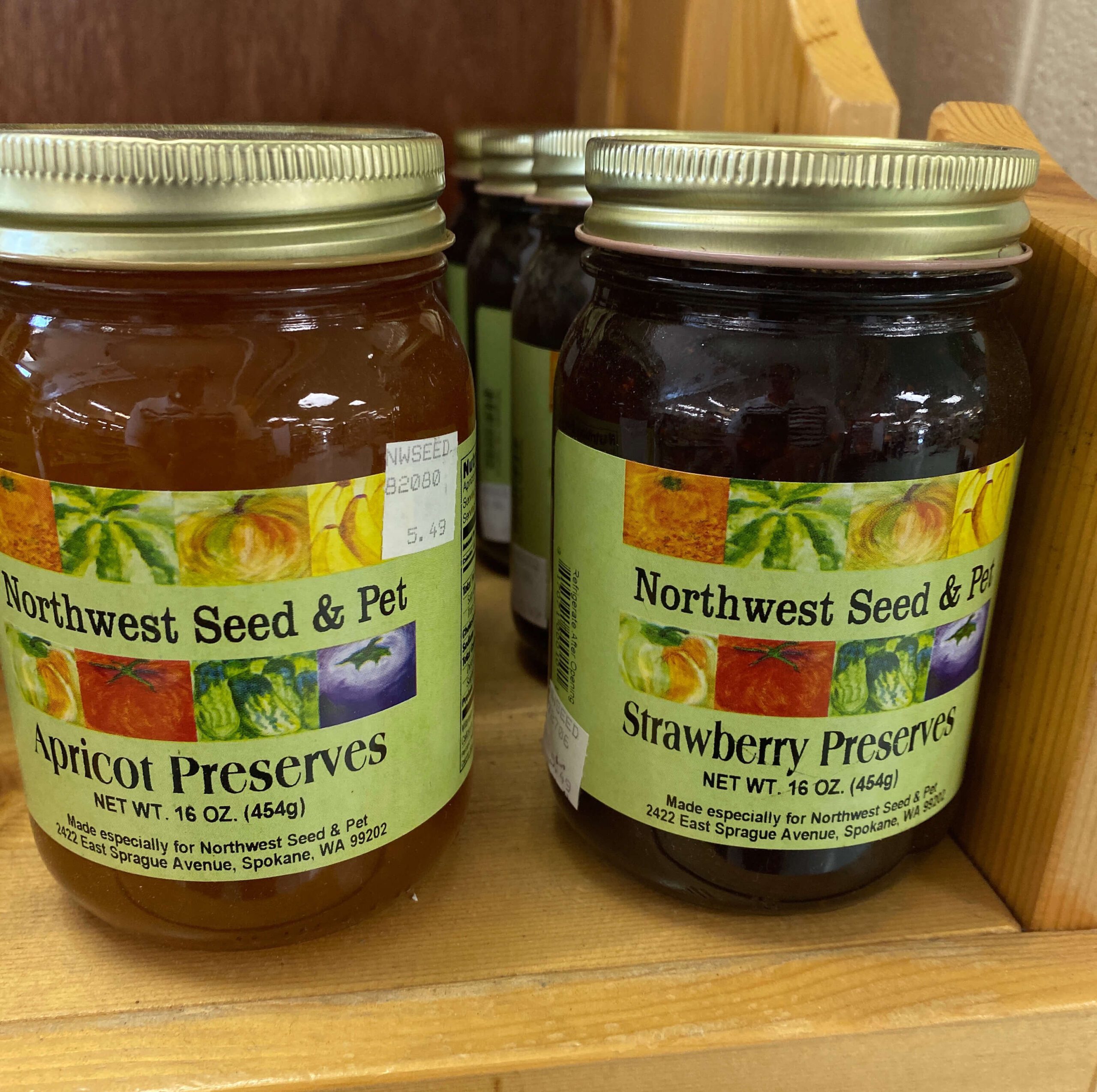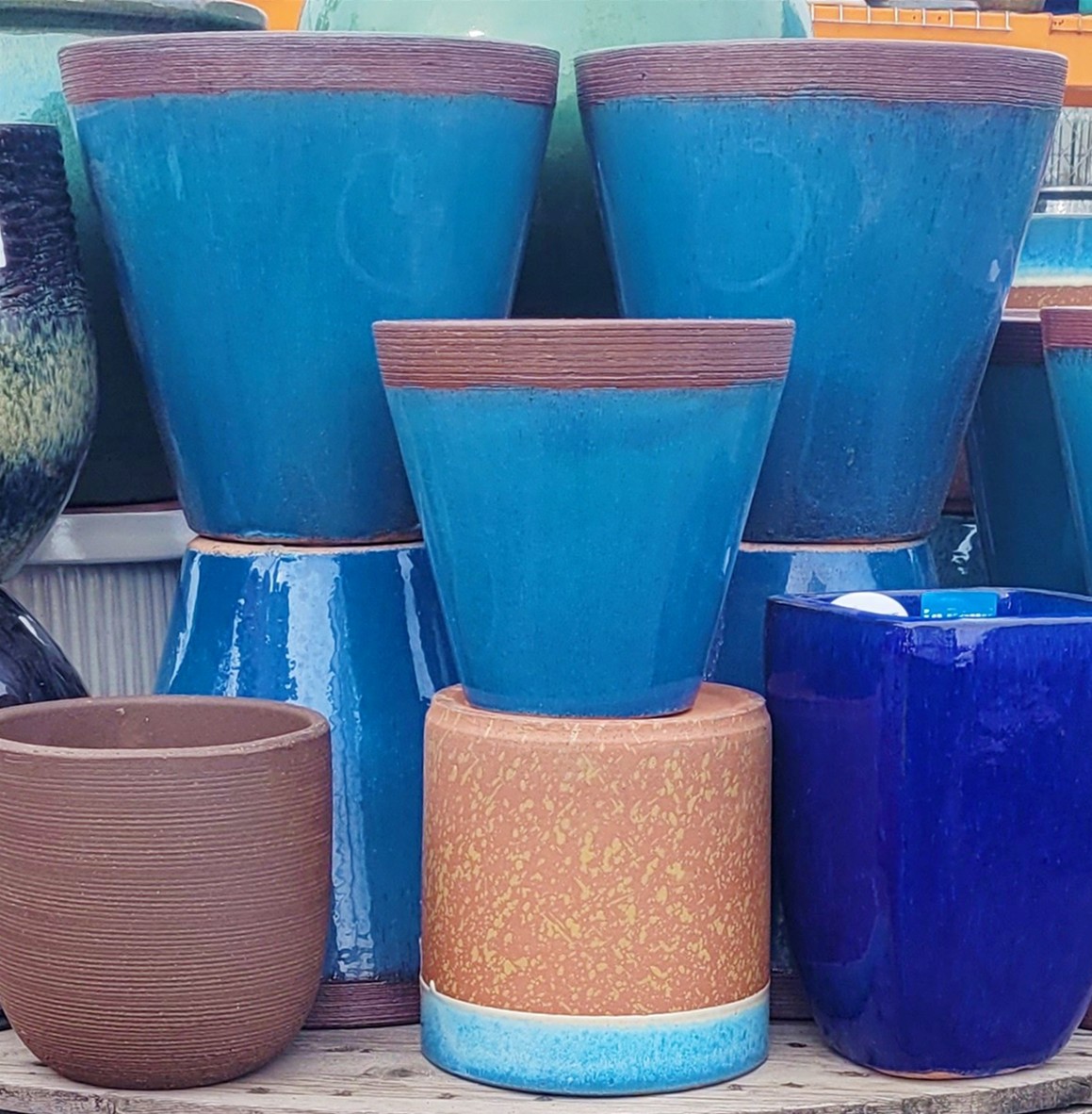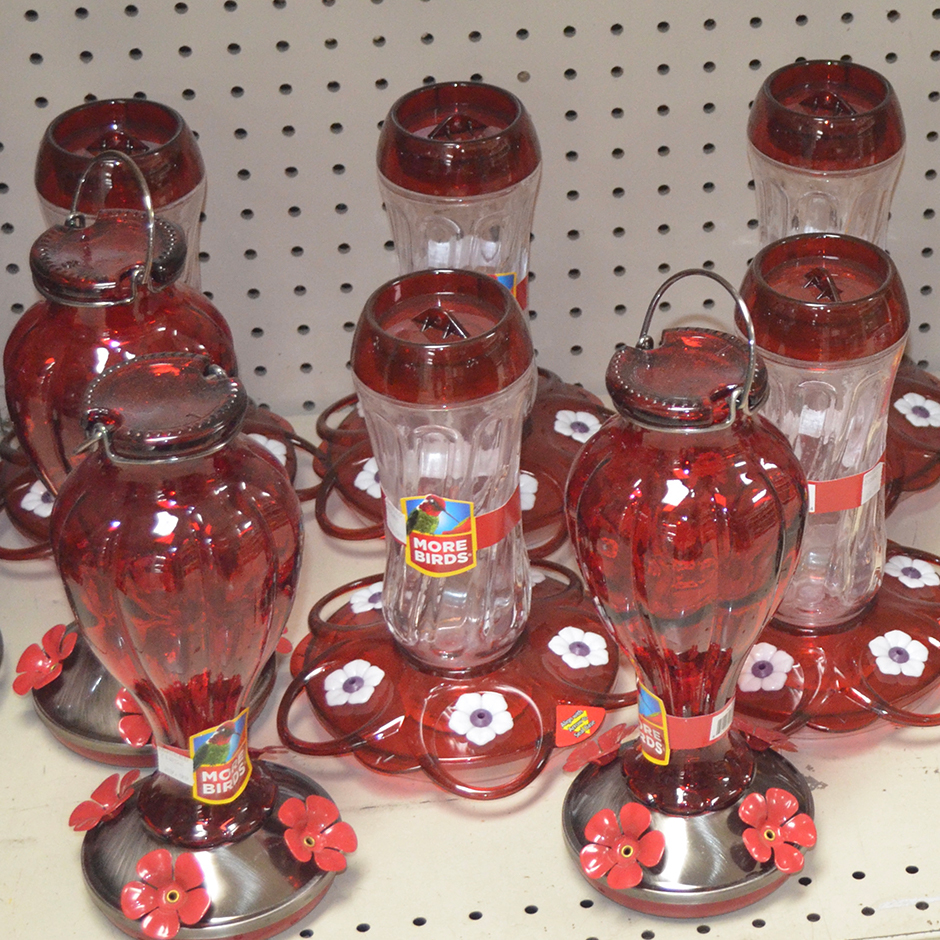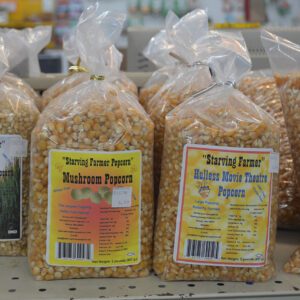Tips on Storage of Flower Bulbs for Winter
After the top of the dahlias turn yellow or have been frosted, cut stalks to within six inches of the ground. Dig a circle around the plant one foot from the center and gently pry up the
clump with a spading fork, shaking off loose soil. In handling, be careful not to damage the brittle tubers. Let the clumps dry in the sun for several hours.
From here on, experts differ as to procedure. Some favor dividing the clumps immediately to save storage space. Freshly dug tubers are easy to cut; it is also easier to recognize the buds at this time. Many experts, though, advise leaving clumps intact, since there is less danger of shriveling when stored in cellars. They divide the clumps in spring when the eyes start to grow.
To store whole clumps, cover with dry sand, sawdust, peat moss, perlite, or vermiculite; store in a cool (40° to 45°F) dry place. About two to four weeks before planting in the spring, separate tubers by cutting from the stalk attached to each tuber, which must have an eye or bud in order to produce a new plant. Place tubers in moist sand to encourage development of sprouts.
If clumps are divided immediately after digging in fall, dust the cut surfaces with sulfur to prevent rot, bury the tubers in sand, sawdust, or vermiculite, and store in a cool dry place.
Gladiolus: Corm. Tender.
About six weeks after blooming, and preferably shortly before the leaves begin to turn yellow, carefully dig the plants with a spading fork. Cut off the stems just above the top of the corm; burn the stems (or throw them away) to destroy any thrips that may still be present. Dry corms in a ventilated tray. Place corms in a flat and treat with a bulb dust to destroy any thrip eggs.
Dry the corms in a dry, dark, ventilated place where the temperature remains at 60° to 70°F.
When the corms are properly cured (in about three weeks), it will be easy to pull off the old corm and roots from the new plump corm on top. Attached to the new corm may be small, hard-shelled cormels about the size of peas. These may be stored along with the new corms and planted out at the same time next season. It takes two to three years for a cormel to produce flowers.
Discard corms that show signs of disease, indicated by lesions, irregular blotches, or discoloration.
Corms may be stored in single layers in flats or ventilated trays (if you stack containers, place blocks between them to permit air circulation); in paper bags; in shallow boxes with corms covered with dry sand, soil, shavings, or vermiculite; in open-mesh bags; and in paper cartons.
Begonias (Tuberous begonia)
In mild areas, allow tuberous begonias to continue growing into November (or until frosts) so that the tubers can store up as much food as possible. (In cold climates, gardeners sometimes lift plants before frost, pot them up, and place them in a sunny window where they may continue to bloom for a month or two.) To encourage dormancy, withhold water. When leaves yellow and fall off and stems separate from the tubers readily, lift the tubers, wash off the soil, and cure them in the sun for several days or until tubers are hard and dry. Be sure not to let portions of old stems adhere to the tubers; when they decay they also infect the tuber. Store the tubers in open flats in a cool, dry, frost-free place until time to start them into growth.



